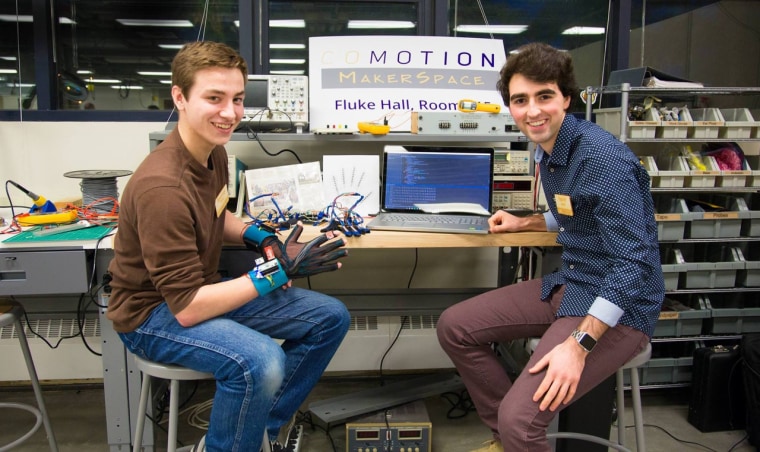


It concludes with a comparison of these features and makes observations about future research directions.ĭeaf signed language users consider themselves members of a minority group, with a distinct language, culture, and shared experiences, rather than as people with a disability.

With the goal of developing a deeper understanding of the challenges posed by this question, this article gives a summary overview of the unique aspects of signed languages, briefly surveys the technology underlying avatars and performs an in-depth analysis of the features in a textual representation for avatar display. Researchers have been grappling with this problem for over twenty years, and it is still an open question. Because signed languages have no generally-accepted written form, translating spoken to signed language requires the additional step of displaying the language visually as animation through the use of a three-dimensional (3D) virtual human commonly known as an avatar. Typically, machine translation consists of processing text from one language to produce text in another. However, progress in this effort has lagged in comparison. Given the achievements in automatically translating text from one language to another, one would expect to see similar advancements in translating between signed and spoken languages.


 0 kommentar(er)
0 kommentar(er)
